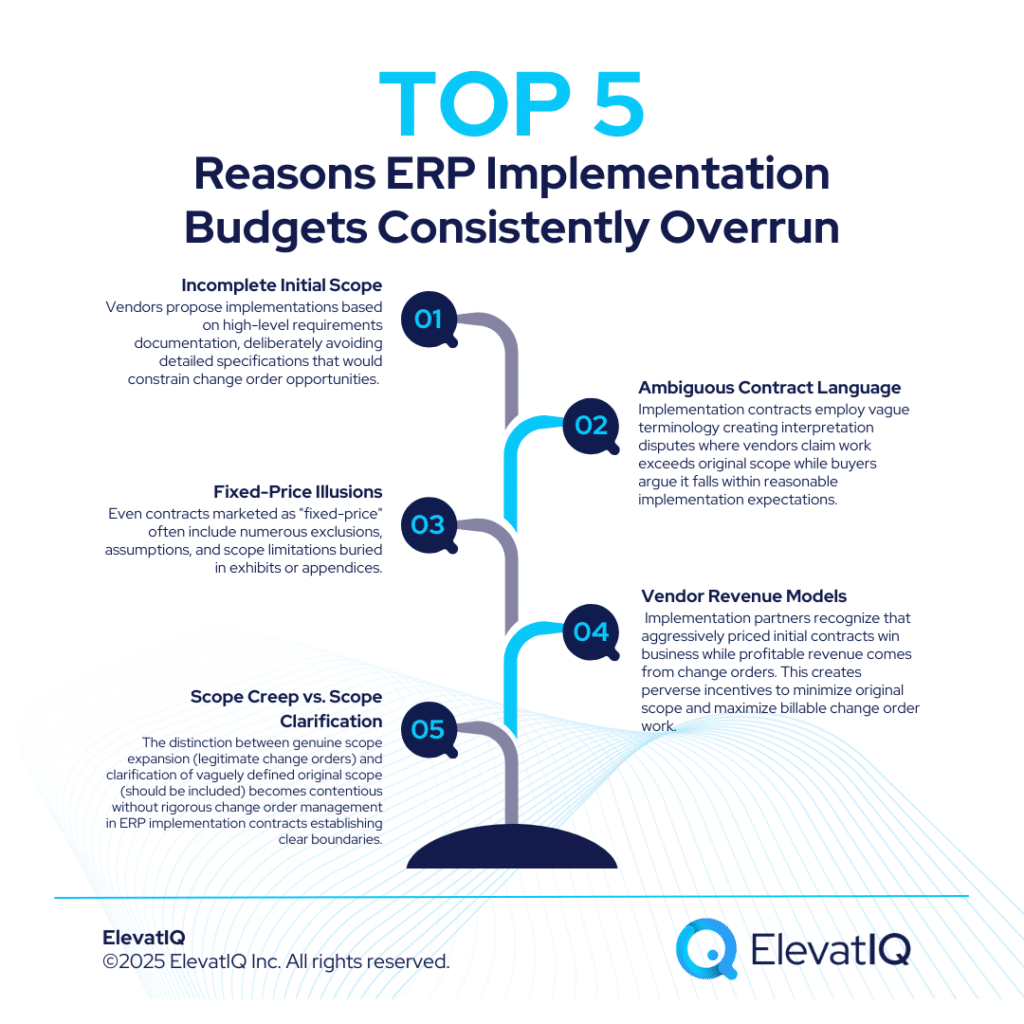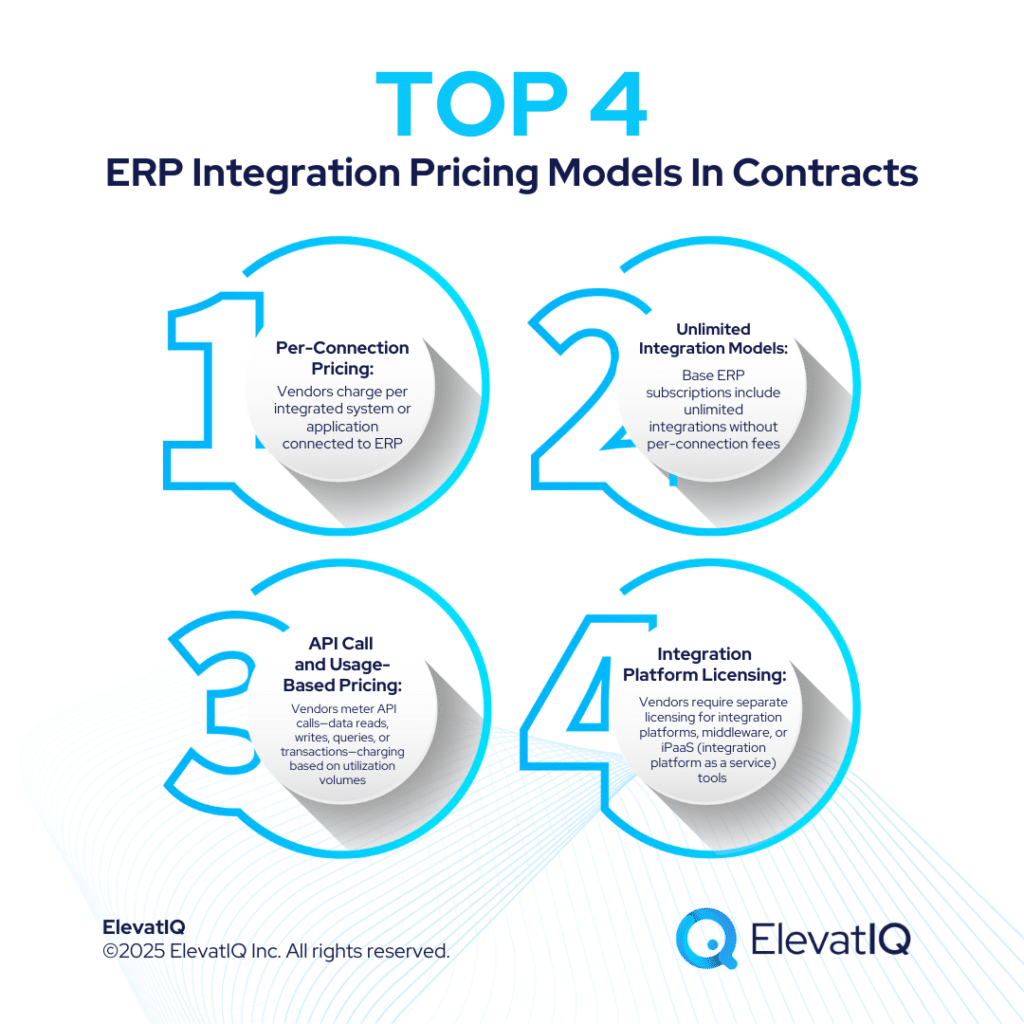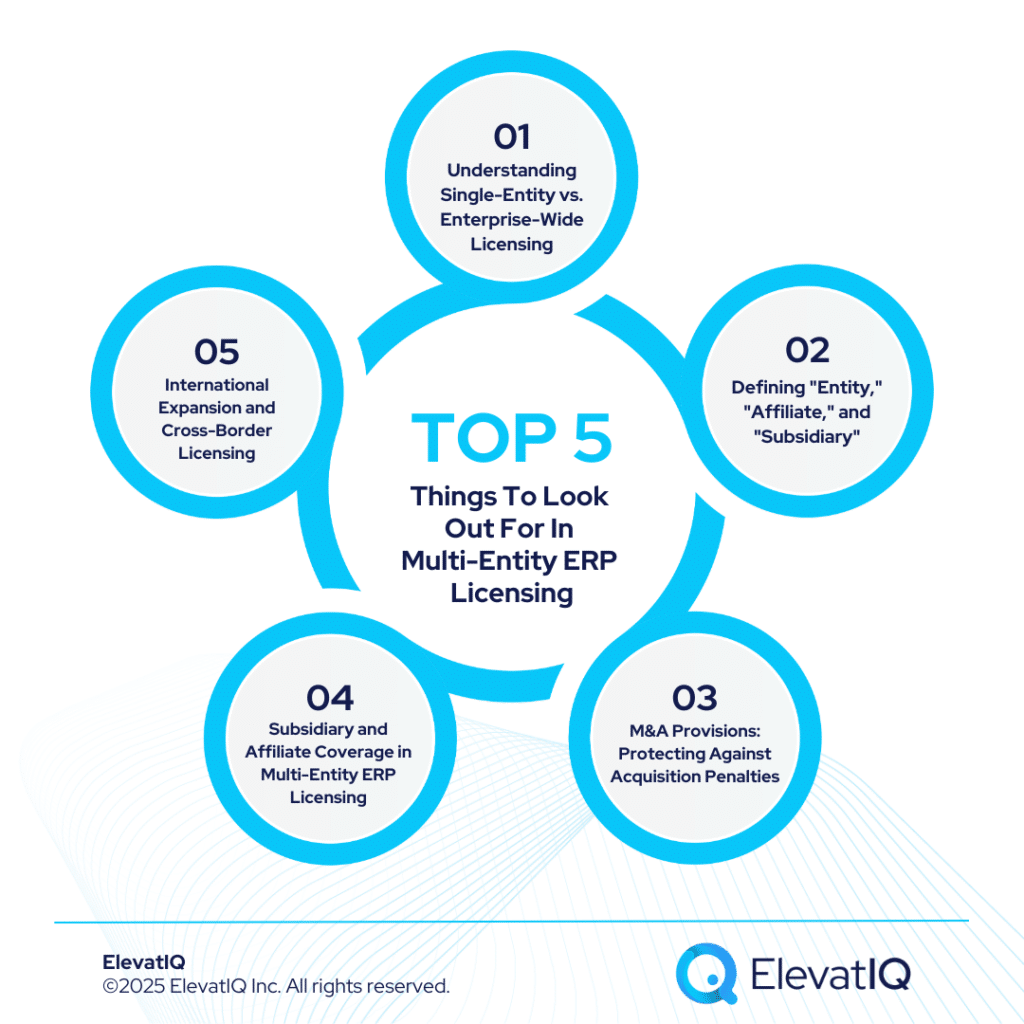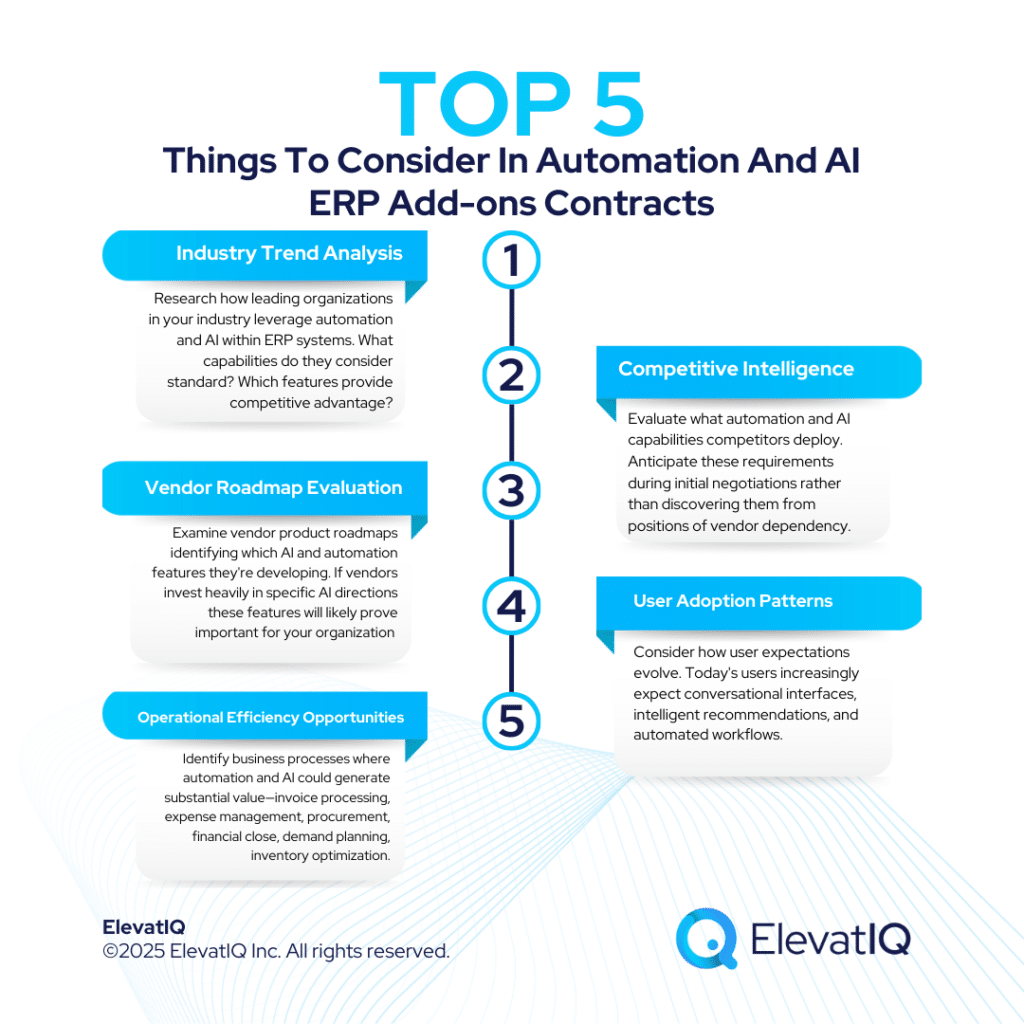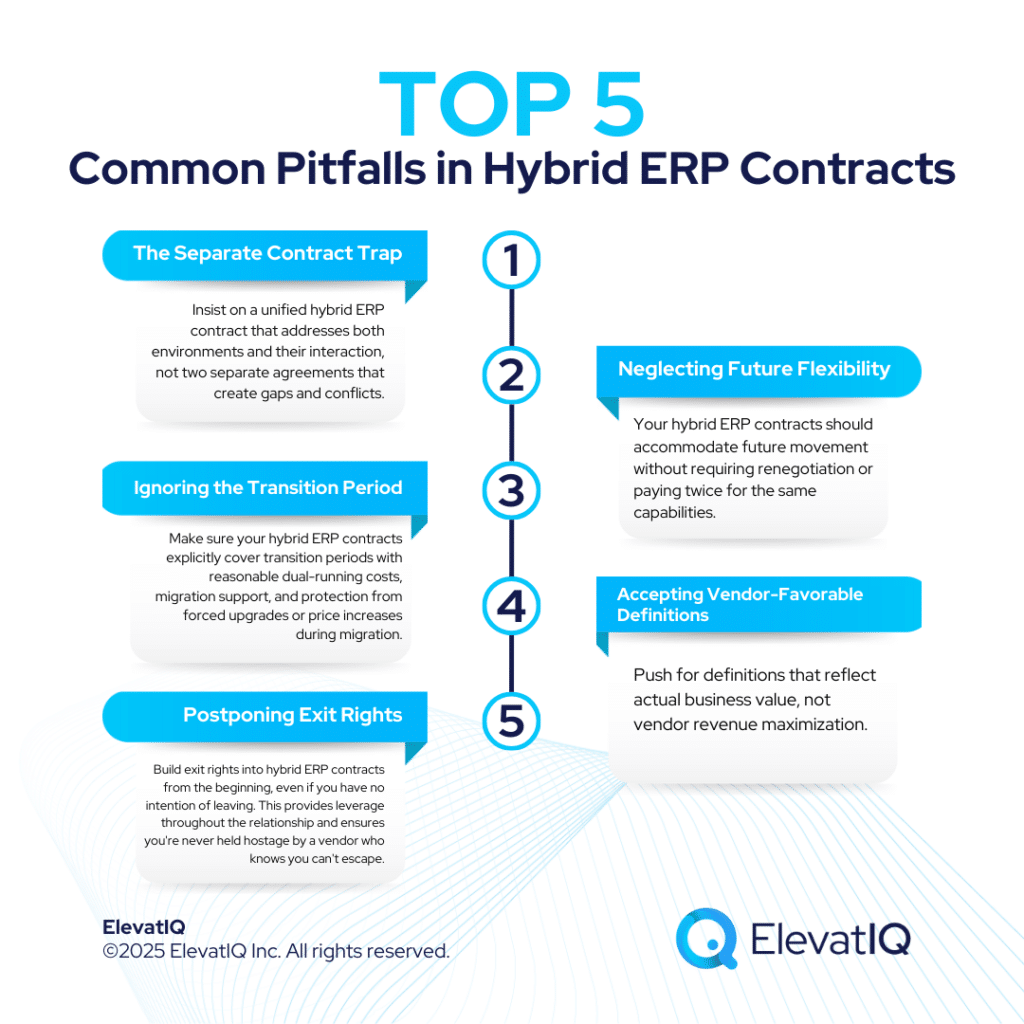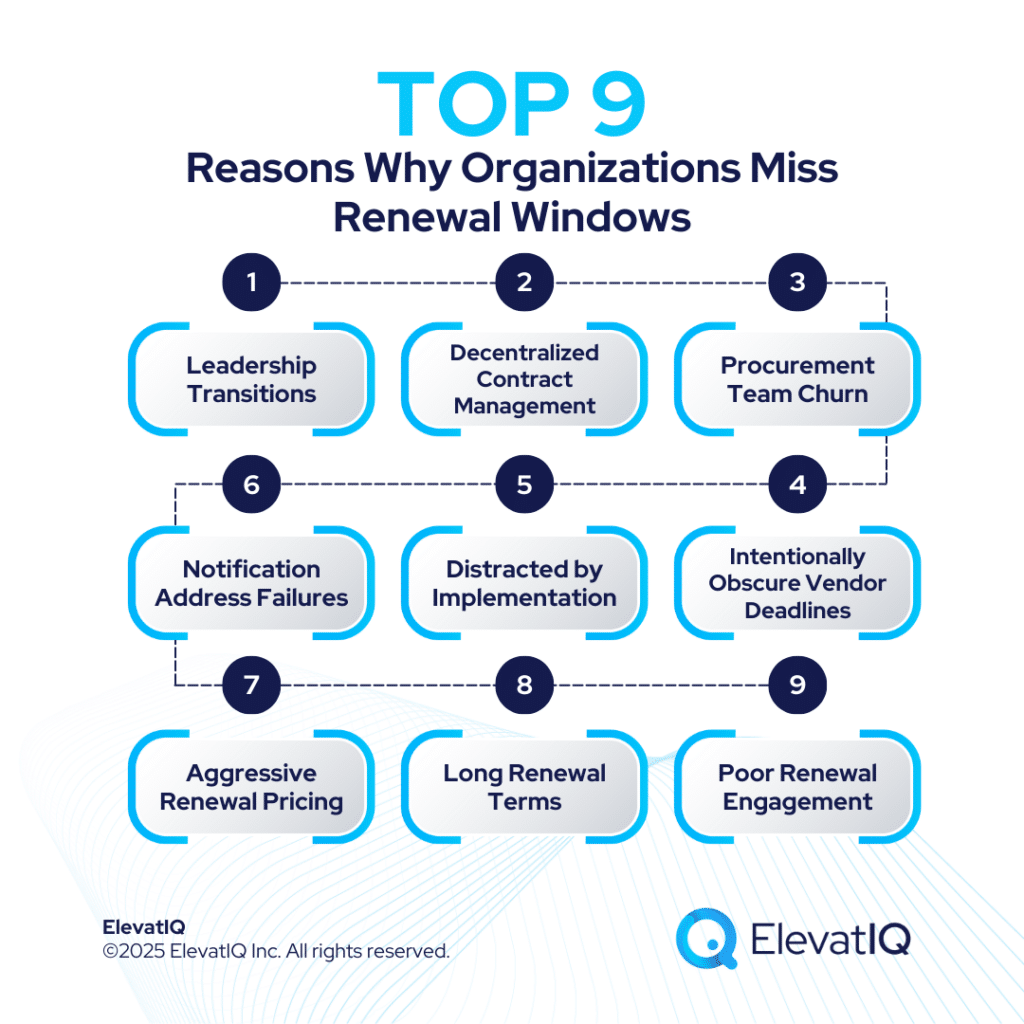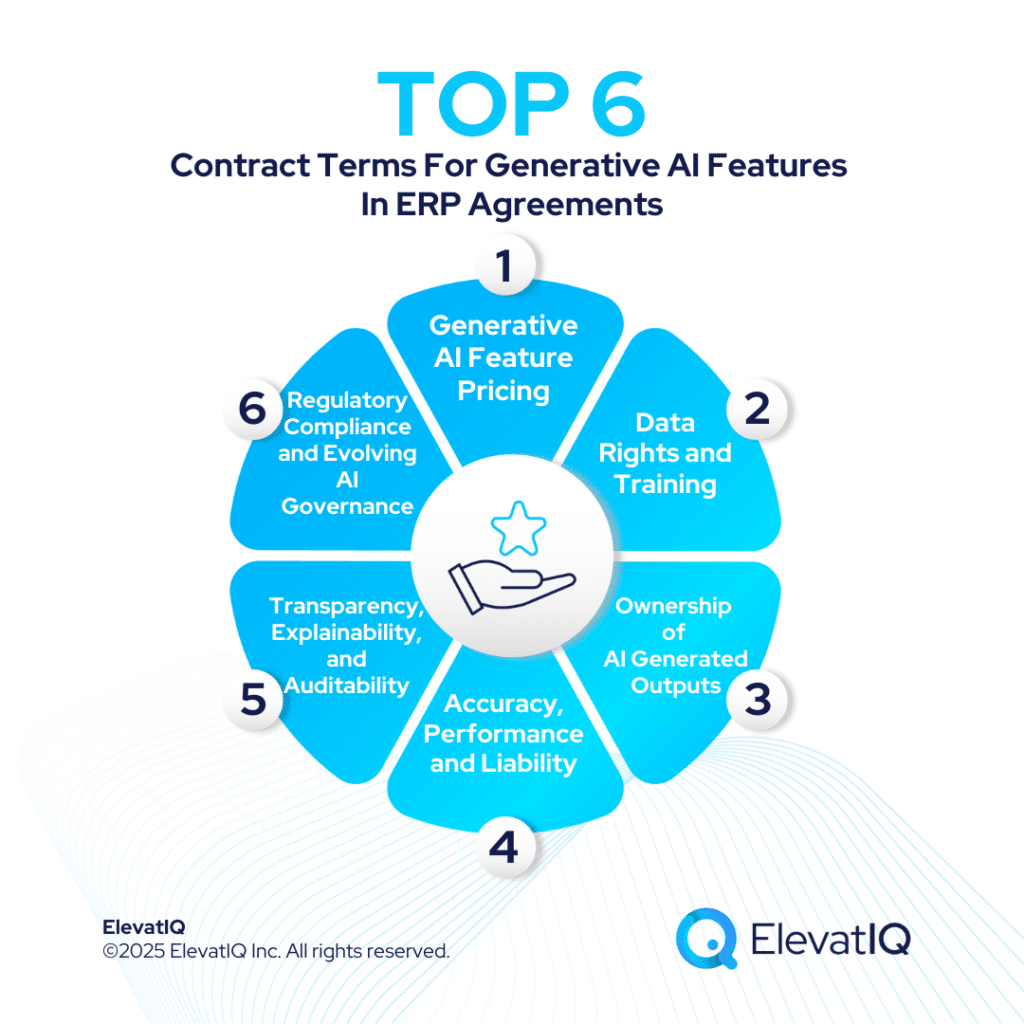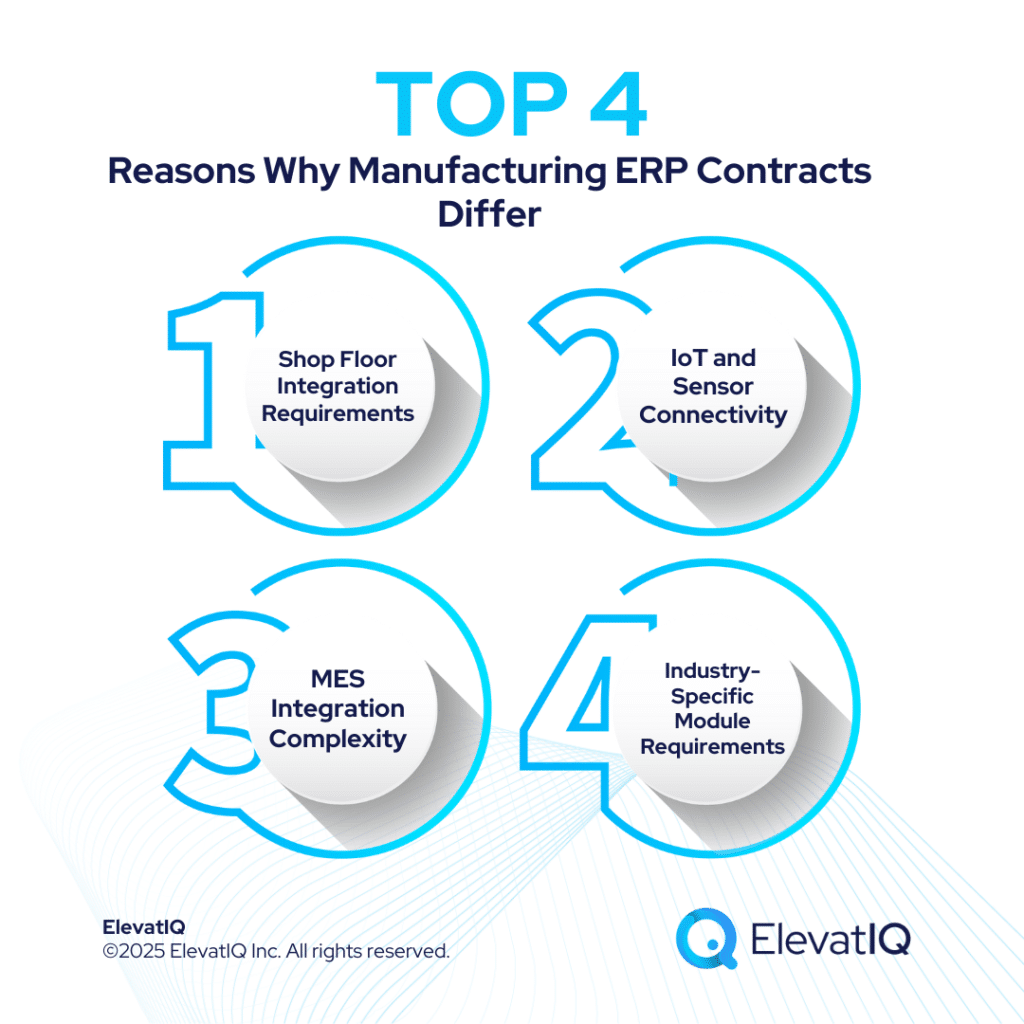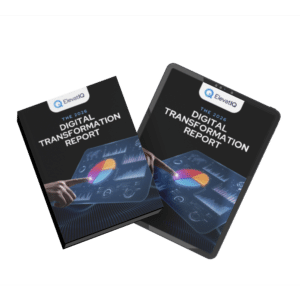Change Order Management: In ERP Implementation Contracts
ERP implementation budget overruns have become so predictable that industry research consistently shows 50-60% of projects exceed original budgets, with change order costs representing the primary driver of this escalation. A manufacturing company budgets $2 million for ERP implementation only to receive $800,000 in change order invoices by go-live. A distributor’s $500,000 fixed-price implementation balloons to $1.2 million through change orders the vendor claims address “out-of-scope” requirements. A services organization discovers their “comprehensive” implementation contract somehow excludes dozens of essential integrations, reports, and configurations—each requiring separate change orders at premium pricing.
This pattern—vendors proposing attractively priced implementations with intentionally vague scope, then generating substantial revenue through change orders for work buyers assumed was included—represents one of the most expensive traps in ERP procurement. Without robust change order management in ERP implementation contracts, organizations lose budget control as vendors interpret ambiguous scope definitions to their advantage, charge premium rates for “additional” work, and transform what should be minor clarifications into expensive contract amendments.
Successfully managing change order costs in ERP implementation contracts requires establishing comprehensive scope documentation that minimizes interpretation disputes, negotiating change order pricing methodologies and caps preventing unlimited escalation, implementing rigorous approval processes ensuring only legitimate changes proceed, and creating contractual frameworks that align vendor incentives with controlling costs rather than maximizing billable change orders.
Understanding the Change Order Problem in ERP Implementations
Change orders—formal contract amendments adding work, modifying deliverables, or adjusting project scope—serve legitimate purposes when requirements genuinely evolve during implementation. However, poorly structured change order management in ERP implementation contracts enables vendors to exploit scope ambiguity, converting standard work into premium-priced change orders.
Why ERP Implementation Budgets Consistently Overrun
Incomplete Initial Scope: Vendors propose implementations based on high-level requirements documentation, deliberately avoiding detailed specifications that would constrain change order opportunities. Buyers discover essential functionality somehow wasn’t “explicitly” included despite being reasonable expectations for comprehensive ERP implementations.
Ambiguous Contract Language: Implementation contracts employ vague terminology—”industry best practices,” “standard configuration,” “reasonable customizations”—creating interpretation disputes where vendors claim work exceeds original scope while buyers argue it falls within reasonable implementation expectations.
Fixed-Price Illusions: Even contracts marketed as “fixed-price” often include numerous exclusions, assumptions, and scope limitations buried in exhibits or appendices. What appears fixed-price proves anything but once implementation reveals scope gaps requiring change orders to address.
Vendor Revenue Models: Implementation partners recognize that aggressively priced initial contracts win business while profitable revenue comes from change orders. This creates perverse incentives to minimize original scope and maximize billable change order work.
Scope Creep vs. Scope Clarification: The distinction between genuine scope expansion (legitimate change orders) and clarification of vaguely defined original scope (should be included) becomes contentious without rigorous change order management in ERP implementation contracts establishing clear boundaries.
The Financial Impact of Uncontrolled Change Orders
Industry data reveals the magnitude of change order costs in ERP implementations:
- Average Cost Overruns: Research consistently shows 50-60% of ERP projects exceed budgets, with change orders representing 60-80% of overrun amounts. A $1 million implementation averaging 55% overrun incurs $550,000 in additional costs, with roughly $350,000-$440,000 attributable to change orders.
- Premium Change Order Pricing: Vendors typically charge 25-50% premiums over original contract rates for change order work, citing disruption to project plans, resource reallocation costs, and change administration overhead. Work that would cost $150/hour under original contracts often bills at $200-$225/hour as change orders.
- Timeline Extensions: Change orders frequently extend implementation timelines, creating additional project management costs, prolonged consultant engagement, and delayed business value realization. A six-month project extending to nine months through change order scope additions incurs three months of additional project team costs.
- Opportunity Costs: Budget consumed by change orders reduces funds available for training, data quality improvement, organizational change management, and other success-critical activities. Organizations often underfund these essential elements to accommodate unexpected change order costs.
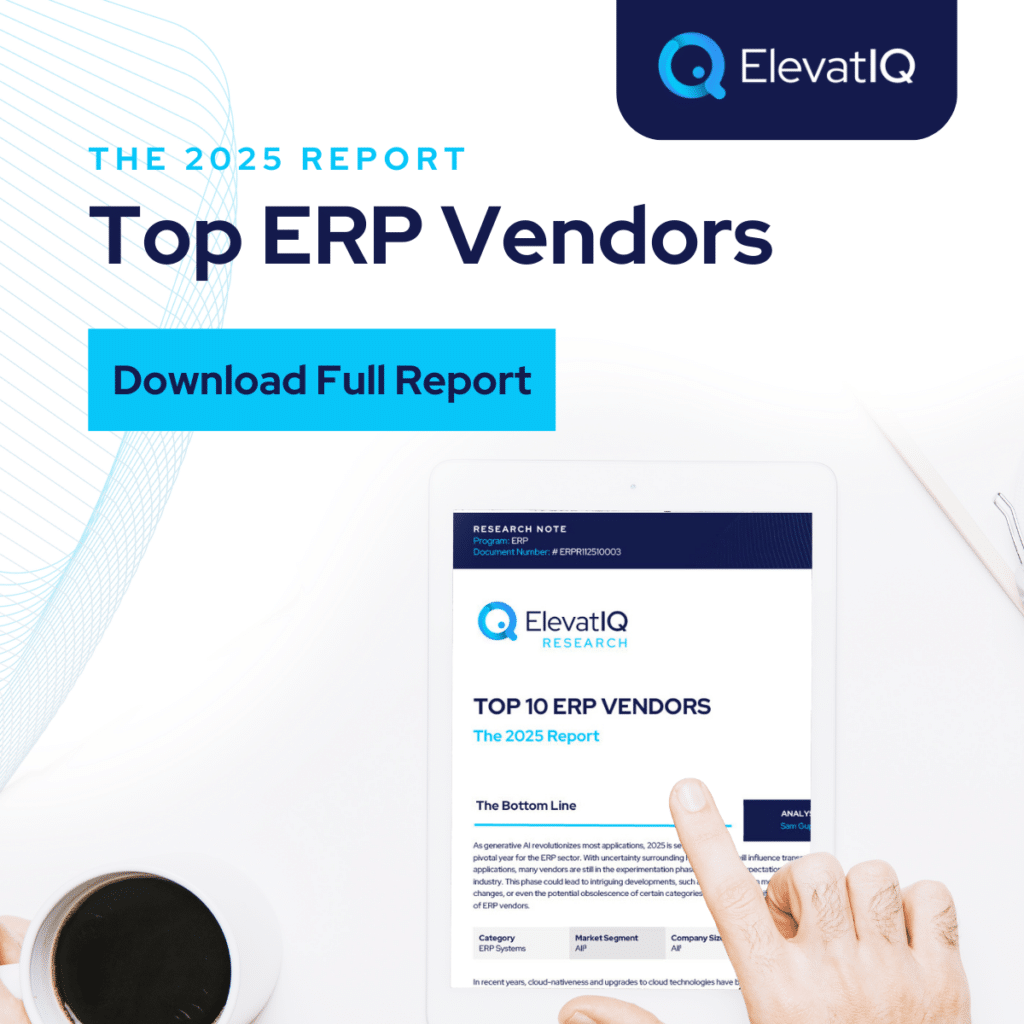
Establishing Comprehensive Scope to Minimize Change Orders
The most effective change order management in ERP implementation contracts begins with exhaustive initial scope documentation eliminating ambiguity that enables vendors to claim work wasn’t included.
Detailed Functional Specifications
Process-Level Documentation: Rather than accepting high-level scope descriptions like “procure-to-pay process implementation,” demand detailed specifications:
“Procure-to-pay implementation includes: requisition creation with approval workflows (5 approval levels), purchase order generation with vendor selection logic, goods receipt processing with 3-way matching, invoice processing with tolerance checking, payment processing with cash discount calculations, vendor management including performance tracking, and exception handling for disputes and returns.”
This specificity prevents vendors from claiming individual elements—approval workflows, 3-way matching, discount calculations—represent separate work requiring change orders.
User Story Acceptance Criteria: Define functionality through user stories with explicit acceptance criteria:
“As a procurement manager, I can create purchase requisitions specifying: item details, quantities, required dates, cost centers, requesting departments, and justification notes. The system shall route requisitions through configurable approval hierarchies based on requisition value, commodity type, and department, with email notifications at each approval stage and escalation after 48 hours without response.”
Screen and Report Mockups: Include wireframes, mockups, or examples of expected screens, reports, and interfaces. Visual representations reduce interpretation disputes about what functionality original scope encompasses.
Integration Specifications: Detail every integration with specific data entities, synchronization frequency, and error handling:
“CRM integration shall synchronize: customer master data (hourly batch), sales orders (real-time), invoices (daily batch), and payment status (real-time). Integration includes: data validation, error logging, retry logic for failures, and reconciliation reports.”
Comprehensive Deliverables Lists
Explicit Deliverable Inventories: Create exhaustive lists of implementation deliverables preventing vendors from claiming items weren’t included:
- System configuration documentation
- Custom code with source code repository access
- Integration specifications and code
- Data migration scripts and documentation
- Training materials (administrator, end-user, executive)
- Test plans, scripts, and results
- Go-live cutover plan and runbook
- Post-go-live support procedures
- System administration guides
Quantity Specifications: Where deliverables involve quantities, specify minimums preventing “only X included” disputes:
“Implementation includes configuration of a minimum of 50 reports, 25 dashboards, 100 workflows, and 200 custom fields without additional charge. Additional reports, dashboards, workflows, or fields beyond these minimums may be requested as change orders.”
Assumptions and Exclusions Clarity
Explicit Assumptions Documentation: Force vendors to document what they assume about your environment, requirements, or participation:
“Vendor assumes: Customer provides clean master data within agreed formats and timelines, Customer maintains sufficient dedicated resources for testing and validation, Customer’s network infrastructure meets specified performance requirements, Customer provides timely approvals and decisions within 3 business days.”
When assumptions prove incorrect, change order legitimacy becomes clearer.
Exclusions Must Be Specific: Don’t accept vague exclusions like “advanced functionality not required by typical implementations.” Demand specificity:
“The following are explicitly excluded and would require separate change orders: multi-currency consolidation beyond 5 currencies, transfer pricing calculations, advanced allocation methodologies, project accounting capabilities, and asset lifecycle management.”
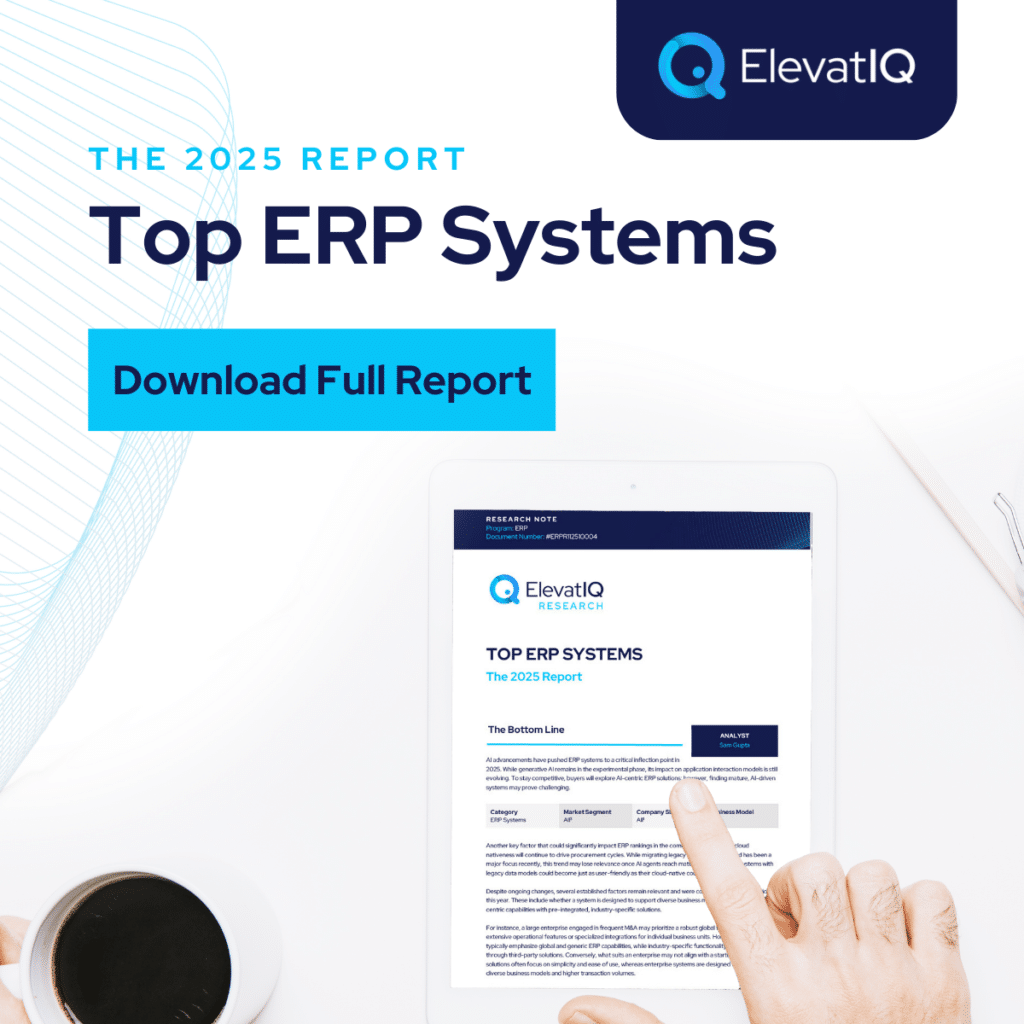
Negotiating Change Order Pricing and Approval Frameworks
Even with a comprehensive initial scope, legitimate changes occur during implementations. Effective change order management in ERP implementation contracts establishes pricing methodologies, caps, and approval processes preventing unlimited cost escalation.
Change Order Pricing Methodologies
Pre-Agreed Rate Cards: Negotiate specific hourly or daily rates for change order work by resource type:
“Change orders shall be priced using the following rates: Senior consultants $200/hour, consultants $150/hour, developers $175/hour, project managers $225/hour. These rates remain fixed throughout implementation regardless of when change orders occur.”
This prevents vendors from charging premium “emergency” rates for late-stage changes or market-rate increases during multi-year implementations.
No Change Order Premiums: Explicitly prohibit charging higher rates for change order work:
“Vendor shall not apply surcharges, premiums, or rate increases to change order work. Change orders utilize identical rates as original contract work, with no additional fees for change administration, project plan modifications, or resource reallocation.”
Time and Materials Caps: For change orders priced on time-and-materials basis, establish not-to-exceed amounts:
“Each change order shall specify a not-to-exceed amount. Vendor shall notify Customer immediately if work will exceed 80% of authorized amount and shall not exceed authorized amounts without Customer’s written approval of additional budget.”
Fixed-Price Change Order Options: Require vendors to provide fixed-price quotes as alternatives to time-and-materials:
“For change orders estimated to exceed $25,000, Vendor shall provide both time-and-materials estimates with not-to-exceed caps and fixed-price quotations. Customer may select either pricing approach at its sole discretion.”
Overall Change Order Budget Caps
Maximum Change Order Spending: Establish absolute caps on total change order costs:
“Total change order costs shall not exceed [15-25%] of original contract value without Customer’s executive approval. This cap includes all change orders regardless of cause, timing, or categorization.”
For a $1 million implementation, a 20% cap limits change orders to $200,000 maximum, preventing the unlimited escalation common in poorly managed projects.
Tiered Approval Based on Caps: Create escalating approval requirements as change orders consume the budget:
“Change orders consuming 0-50% of cap require project sponsor approval. Those consuming 50-75% of cap require CFO approval. And change orders exceeding 75% of cap require board-level approval.”
This governance ensures senior leadership visibility when change order costs approach limits, triggering strategic conversations about scope, timeline, or budget adjustments.
Change Order Approval Processes
- Formal Change Request Procedures: Establish rigorous processes for proposing, evaluating, and approving change orders:
- Change Request Documentation: “All change requests shall include: detailed description of proposed change, business justification and urgency, impact analysis covering schedule, budget, and other deliverables, proposed pricing (time-and-materials and fixed-price options), alternatives considered, and risks of not proceeding.”
- Evaluation Period: “Customer shall have [5-7] business days to evaluate change requests before Vendor may claim schedule impacts from delayed approval. Vendor shall not begin change order work until Customer provides written approval.”
- Approval Authority Matrix: Define who can approve change orders at different values:
- “Change orders under $10,000: Project Manager approval. $10,000-$50,000: Project Sponsor approval. $50,000-$100,000: CFO approval. Over $100,000: CFO and Board approval.”
- Change Advisory Board: For large implementations, establish change advisory boards reviewing all proposed changes:
- “Customer shall establish Change Advisory Board comprising project sponsor, IT leadership, finance representative, and business process owners. Board meets weekly to review pending change requests, approve or deny changes, and monitor cumulative change order spending against caps.”
Distinguishing Legitimate Changes from Vendor Scope Gaps
The most contentious aspect of change order management in ERP implementation contracts involves determining whether work represents genuine scope expansion (legitimate change order) or clarification of vaguely defined original scope (vendor should absorb the cost).
Defining Legitimate Change Orders
True Requirement Changes – Work qualifies as legitimate change orders when:
- New Business Requirements: Business circumstances evolve during implementation, creating requirements that genuinely didn’t exist when contracts were signed—new regulations, merger integrations, product line additions, market expansions.
- Technology Changes: Technical environments change—infrastructure upgrades, security requirement evolution, integration endpoint modifications—requiring implementation adjustments not foreseeable at contract execution.
- Organizational Decisions: Informed decisions to enhance implementations beyond original requirements—adding modules, expanding user populations, implementing advanced features initially deferred—represent legitimate changes.
- Mutual Agreement: Buyer and vendor both acknowledge proposed work wasn’t included in original scope and represents expansion beyond contracted deliverables.
Identifying Vendor-Manufactured Change Orders
Scope Clarifications – Work should NOT be change orders when:
- Implicit Requirements: Functionality reasonably implied by documented scope even if not explicitly detailed—if scope includes “accounts payable,” vendor can’t charge change orders for payment terms, discount calculations, or vendor master management.
- Industry Standards: Capabilities expected in any competent ERP implementation for your industry—manufacturers expect lot traceability, distributors expect serial number tracking—shouldn’t require change orders even if not explicitly specified.
- Vendor Sales Commitments: Functionality demonstrated during vendor selection or promised in proposals represents scope commitments even if not detailed in final contracts—maintain records of vendor demonstrations and sales presentations documenting these commitments.
- Correction of Deficiencies: Work correcting vendor’s implementation mistakes, addressing deliverables that don’t meet acceptance criteria, or fixing vendor-introduced issues should never generate change orders.
Dispute Resolution for Change Order Disagreements
Negotiated Resolution Procedures: When buyers and vendors disagree whether work constitutes legitimate change orders, contracts should establish resolution mechanisms:
“In the event parties disagree whether proposed work falls within original scope or represents legitimate change order, parties shall: (1) Review original requirements documentation, vendor proposals, and demonstration materials; (2) Consult with subject matter experts regarding industry standard implementations; (3) Evaluate comparable implementations for similar organizations; (4) If disagreement persists, engage neutral third-party ERP expert to provide binding determination.”
Documentation Burden on Vendors: Place burden on vendors to prove work wasn’t included:
“Vendor bears burden of demonstrating that proposed work falls outside original scope. If ambiguity exists in original documentation, interpretation shall favor Customer and work proceeds without change order charges.”
Good Faith Negotiation: Require genuine attempts to resolve disputes collaboratively:
“Parties commit to good-faith negotiations regarding change order legitimacy, with both parties willing to compromise and absorb reasonable portions of disputed costs in exchange for project momentum and relationship preservation.”

Preventing Scope Creep Through Proactive Management
Beyond contract provisions, effective change order management in ERP implementation contracts requires proactive project governance preventing unnecessary scope expansion while accommodating legitimate changes.
Scope Baseline and Change Control
Approved Baseline Documentation: Establish formally approved baseline scope:
“Upon contract execution and before implementation commences, parties shall jointly create and approve detailed baseline scope document incorporating all requirements, specifications, deliverables, and assumptions. This baseline serves as official scope of record for evaluating all proposed changes.”
Scope Change Freeze Periods: Implement periods where scope changes are prohibited:
“During the 30 days preceding planned go-live, no scope changes shall be approved except for critical defects or regulatory compliance requirements. All other changes defer to post-implementation phases.”
These freezes prevent late-stage scope expansion that risks project timelines and quality.
Alternative Scope Management Approaches
Phase-Based Implementation: Structure implementations in phases with opportunities to add scope between phases:
“Implementation proceeds in three phases: Phase 1 (core financial modules), Phase 2 (supply chain and operations), Phase 3 (advanced analytics and optimization). Scope changes during phases require change orders. Scope additions between phases proceed as separate project phases with independent budgets.”
This approach acknowledges that perfect scope definition at project start proves unrealistic while providing controlled expansion opportunities.
Innovation Budget Reserves: Allocate specific budget for scope enhancements discovered during implementation:
“Contract includes $[X] innovation budget for scope additions Customer identifies during implementation providing substantial business value. This budget operates under streamlined approval (project sponsor authority) and enables opportunistic scope additions without formal change order processes.”
This recognizes that implementations reveal opportunities for valuable functionality not anticipated during planning while maintaining budget control.
Strategic Change Order Management for ERP Success
Budget overruns in ERP implementations—with 50-60% of projects exceeding original budgets largely due to change order costs—represent one of the most persistent challenges in enterprise software procurement. Successfully managing change order costs in ERP implementation contracts requires comprehensive initial scope documentation minimizing interpretation disputes, negotiated change order pricing methodologies and caps preventing unlimited escalation, rigorous approval processes ensuring only legitimate changes proceed, and frameworks distinguishing genuine scope expansion from vendor attempts to charge for work that should be included.
Organizations that establish robust change order management in ERP implementation contracts during procurement—before signing implementation agreements—position themselves for budget-controlled projects delivering planned value. Conversely, buyers accepting vague scope definitions and permissive change order provisions discover that vendor-friendly interpretation of ambiguous contracts transforms fixed-price implementations into cost-plus arrangements where vendors profit from scope disputes and change order generation.
For organizations navigating ERP implementation procurement and negotiating change order management provisions, independent advisory expertise provides essential guidance through scope definition, change order framework negotiation, and ongoing project governance ensuring implementation costs remain within reasonable ranges of original budgets.
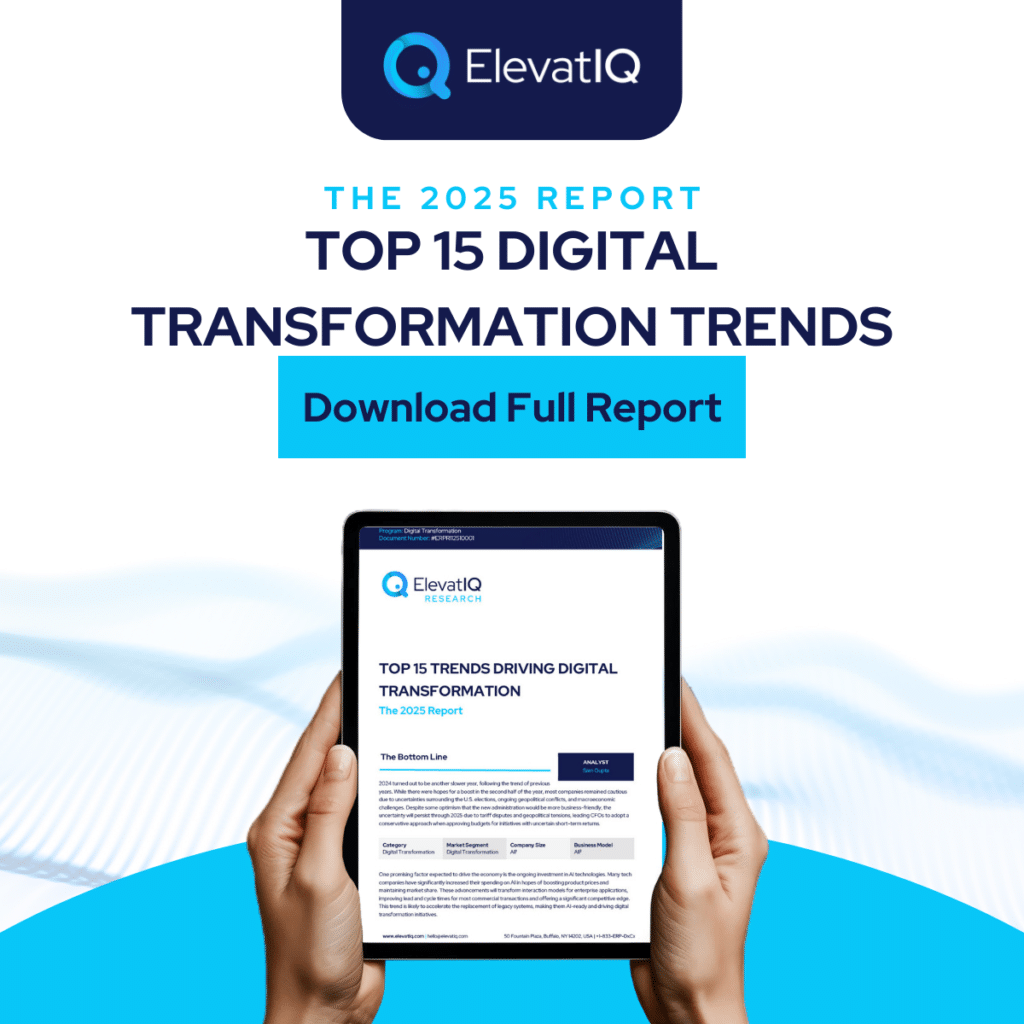
FAQs
Change Order Management: In ERP Implementation Contracts Read More »

